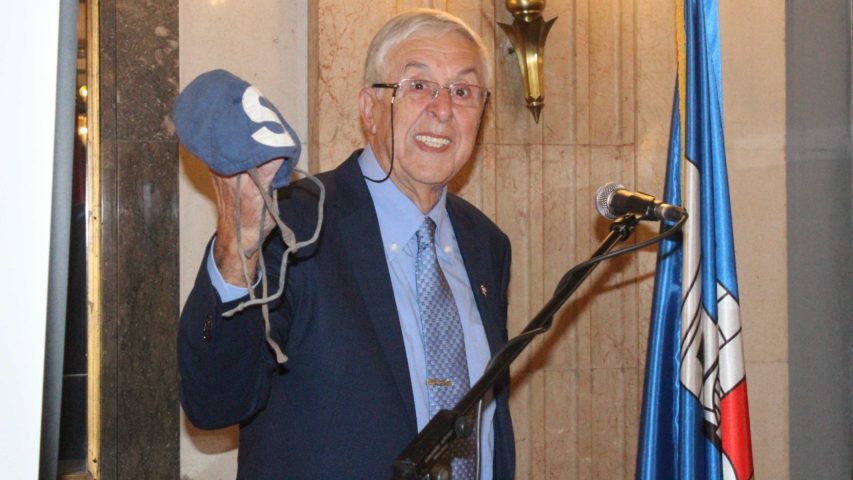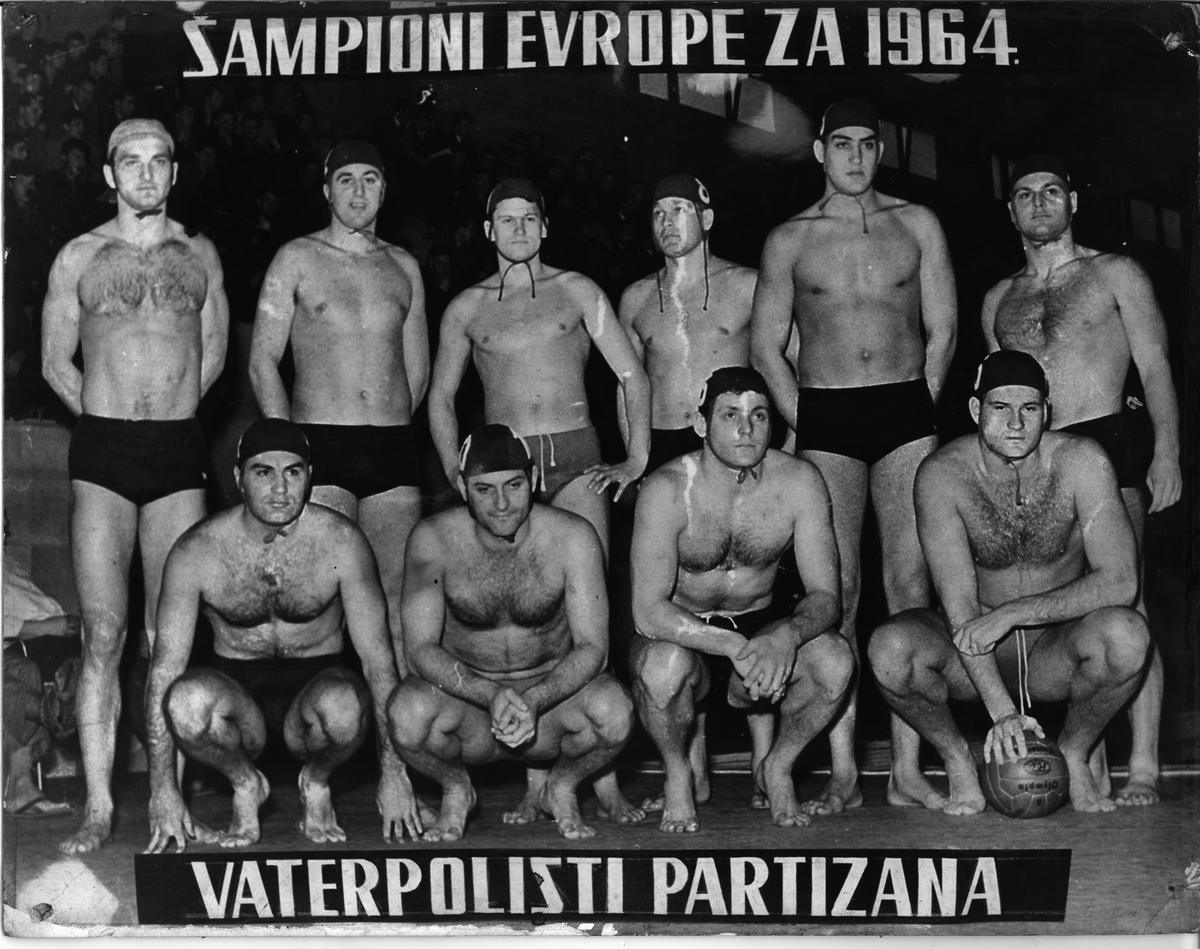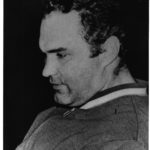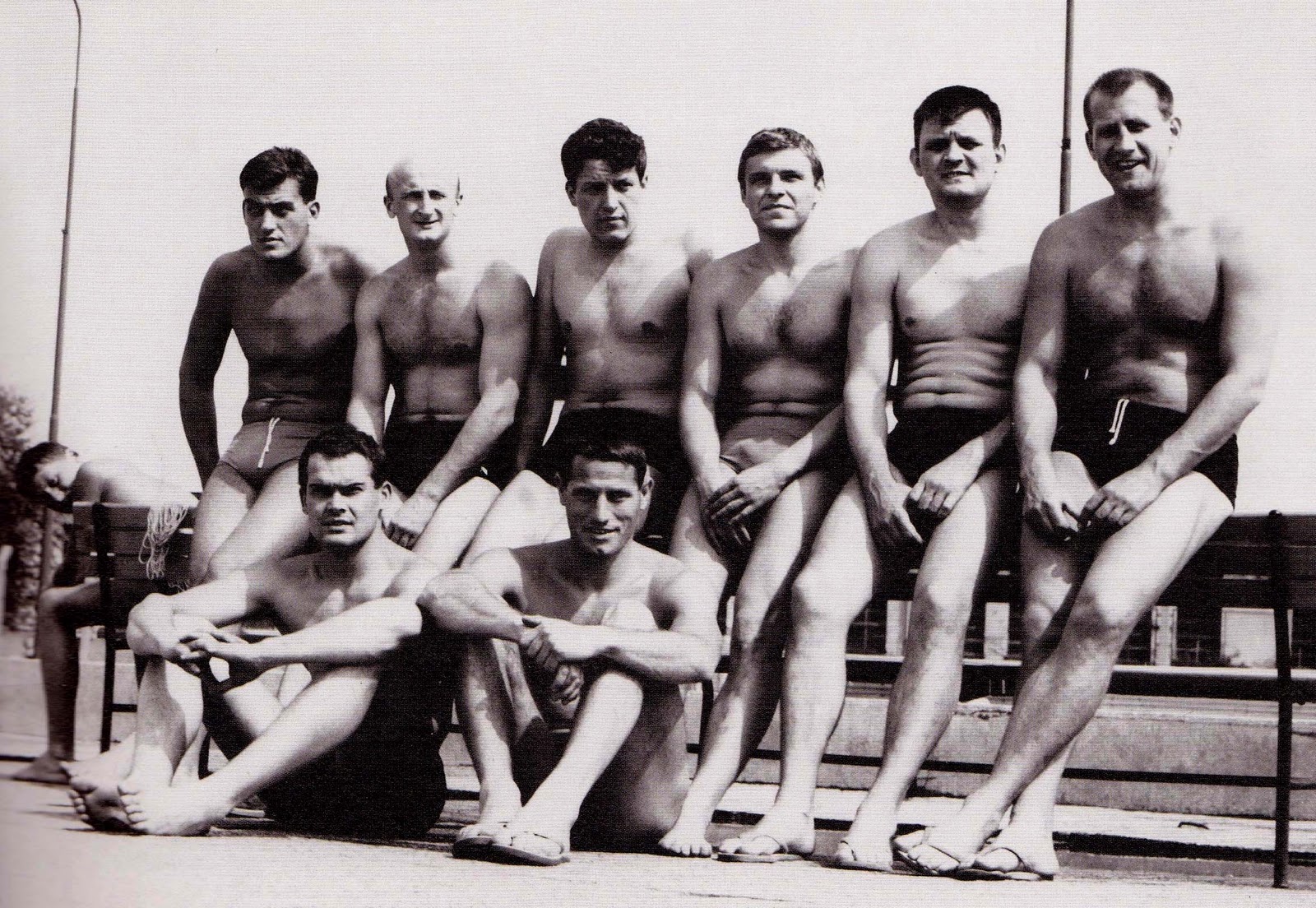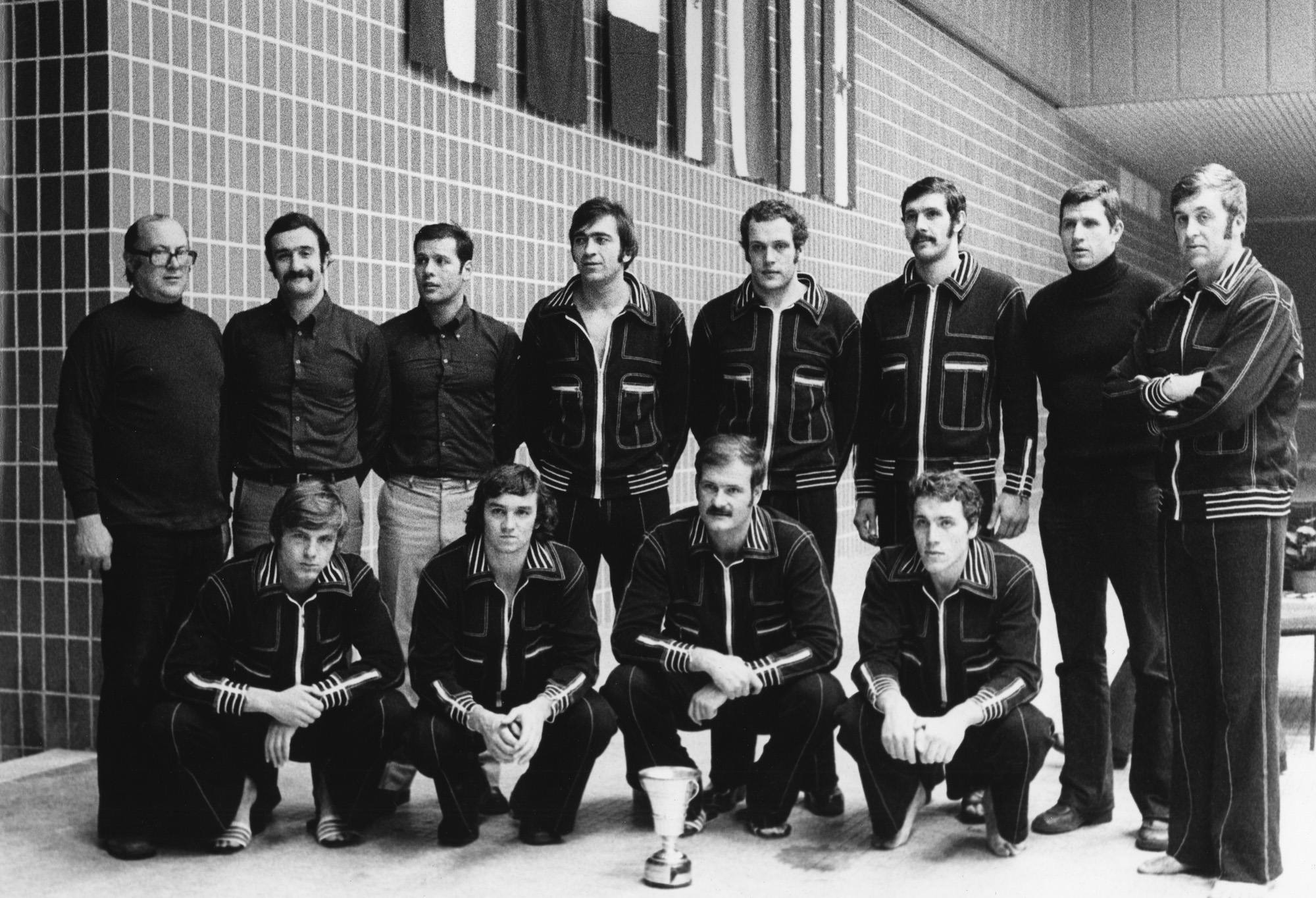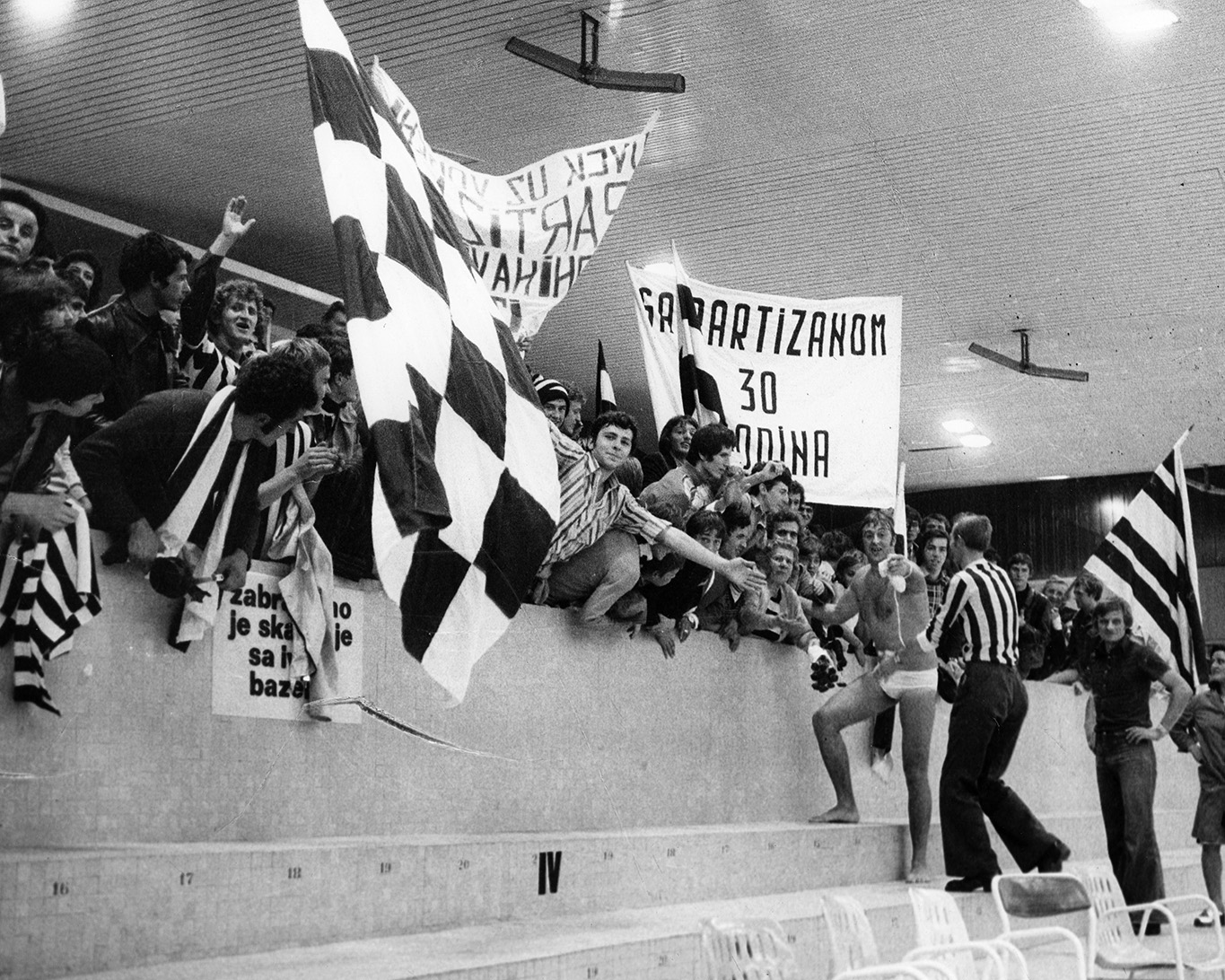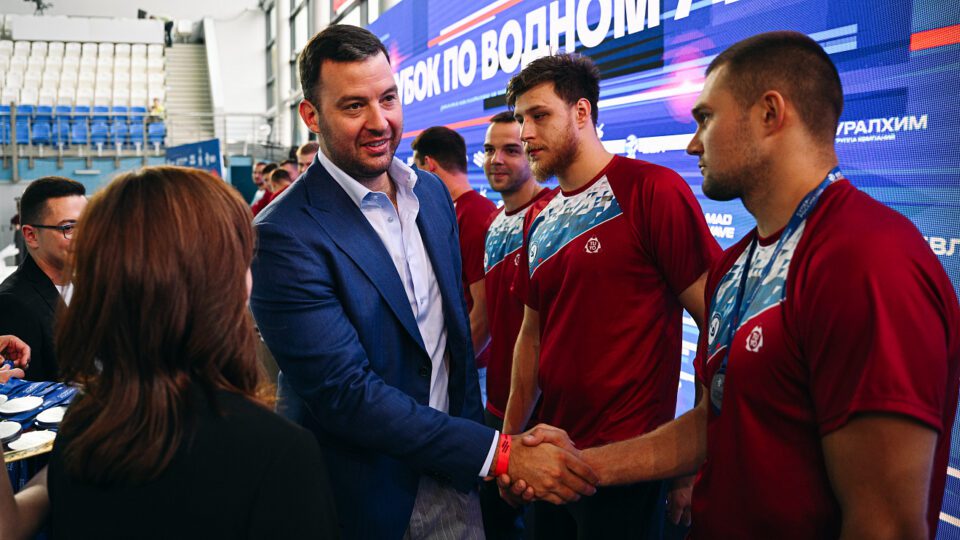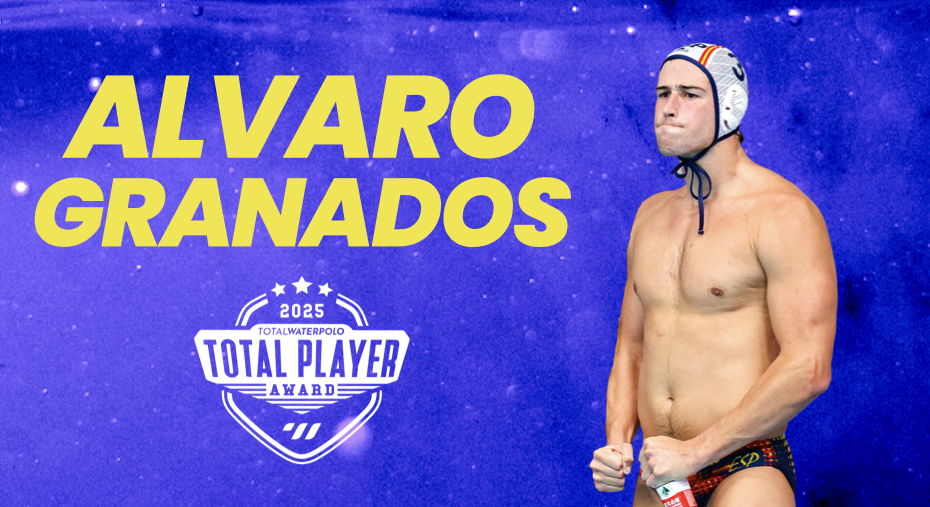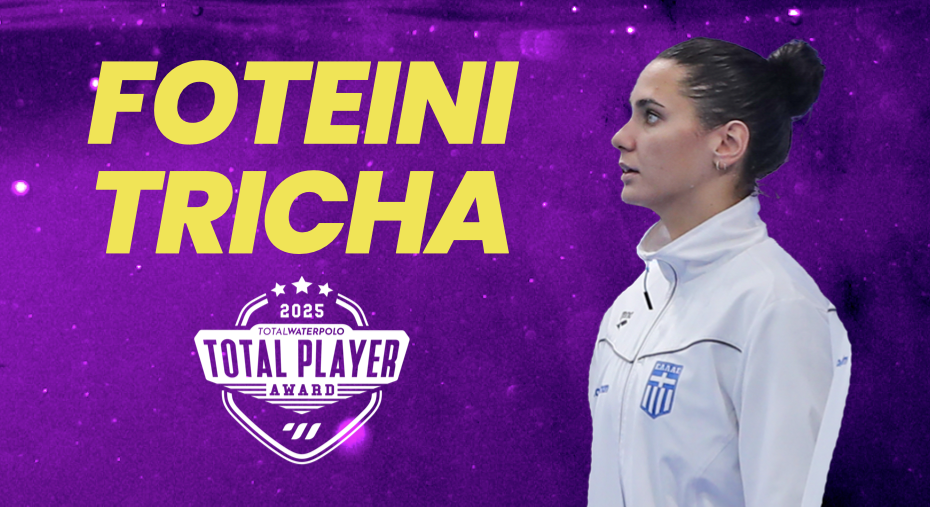On the eve of a major sports tournament, looking at the competition’s history is always good.
Today we will open some pages of the early history of the Champions League. Before the start of the Final Eight in Belgrade, we spoke with Đorđe Perišić, the record holder of the Champions League. Perišić is the only player who won six titles, being a member of the winning team each time. He achieved that feat playing for Partizan.
Djordje Perisic participated in the first-ever LEN Champions League (the name of the competition at that time was the European Cup in the first decades) in 1964 and clinched the trophy with Partizan. In the following 12 years, he lifted five European titles with the Serbian and Yugoslavian water polo giant (seasons 1965/66, 1966/67; 1970/71; 1974/75 and 1975/76). Besides that, he won two silvers in the European Cup with Partizan. Perisic retired from water polo after winning 4th place in the 1976/77 European Cup.
I Maurizio Felugo and Pietro Figlioli have six titles in their treasuries, but they were part of the winning team five times. Both Felugo and Figlioli missed one final tournament each when their clubs triumphed. Figlioli has six titles with Recco, Felugo five with Recco, and one with Posillipo.
Interestingly, Djordje Perisic (born in 1941) was an Olympian in two sports. He debuted at the Olympic Games as a swimmer. He qualified for the semifinals in the men’s 200-meter breaststroke event.
“I came to Partizan as a swimmer on January 1, 1960. I played from time to time for the water polo team Partizan in my first three years in the club. Still, I switched from swimming to water polo only 1963, when an empty place in the team appeared, and I was invited to fill it.”, Perisic said.
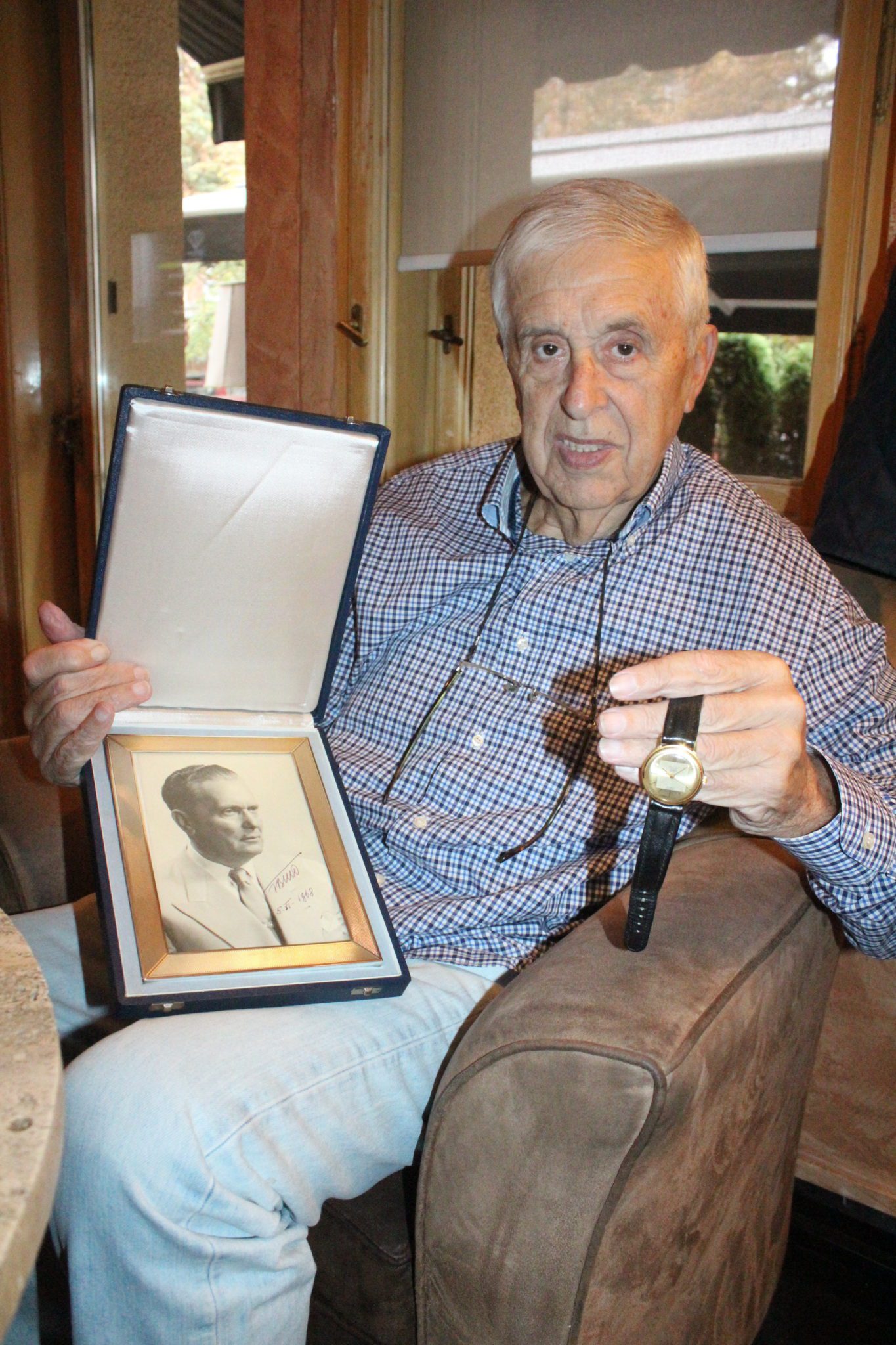
As a member of the national team of Yugoslavia, Djordje Perisic won the Olympic gold medal in Mexico City in 1968.
He stayed in the sport after a long and successful career as an athlete. He was the General Secretary and the President of the Water Polo Federation of Yugoslavia, the General Secretary of the Olympic Committee of Yugoslavia, and the Minister of Sports in the Government of Yugoslavia. He was involved in organizing many significant sports events and wrote several books about sports. He received many awards, including a Silver Order of the International Olympic Committee.
How did it start?
The first European Cup was held in the season 1963/64. Ante Lambasa, an official of the Swimming Federation of Yugoslavia and LEN President in the 1980s, initiated the launching of the Cup. The Belgrade-based daily JSL „Sport“ awarded the trophy to the winning teams in the early editions of the competition.
“In the 1960s, there were not many international matches between the clubs. Moreover, there were not many competitions in FINA and LEN’s calendars. Therefore, we didn’t know much about the rivals, they didn’t know much about t us. The first European Cup was the first opportunity for all involved in water polo to see who was where in the European clubs’ water polo“, Perisic said.
Before entering the first European Cup, Partizan didn’t have many trophies in its treasury. In 1963, it won its first title in the League of Yugoslavia.
„The team was still in formation, not mature enough. But, it was expected that the champion of a high-quality Yugoslavian League could achieve a good result.”
Participating teams
The first European Cup qualification tournaments were held in Naples and Warsaw.
The champions of 17 countries entered the first-ever competition, but 14 of them took part: Partizan (Yugoslavia), Dynamo Moscow (USSR) , Dinamo Magdeburg (DR Germany), Amateur Duisburg (FR Germany), Canottieri Naples (Italy), Legia Warsaw (Poland), Barcelona (Spain), Gent (Belgium), CSKA Sofia (Bulgaria), WSU (Austria), Strasbourg (France), Ethnikos (Greece), Amersfoort (Netherlands) and CH Kosice (Czechoslovakia). Among the teams that withdrew before the start was Ferencvaros.
I First scorer:The first match in the European Cup was an encounter between Partizan and CSKA Sofia. Partizan won, but CSKA took a 1:0 lead. CSKA’s Andro Kostadinov scored the first-ever goal in the European Cup. Later, he was a member of the LEN Technical Water Polo Committee for years.
Partizan qualified for the Final Six (a round-robin tournament with six teams) from the Group in Naples. The Belgrade-based club was awarded the organization of the Final Six, which was held in Zagreb.
“Partizan was the only team of the six teams willing to organize the final tournament, which was scheduled for March, 1964, but Belgrade still didn’t have an indoor 50-meter pool. The only indoor pool in Yugoslavia that had all requiring conditions was the one in Zagreb, opened in 1959. So, Partizan won its first and the next two titles, playing in Zagreb.”
Besides Partizan, Canottieri, Dynamo Moscow, Dynamo Magdeburg, Duisburg and Legia participated in the tournament in Zagreb.
“As I said, we didn’t have much information about the rivals, before the qualifications, but after Partizan managed to qualify for the Final Six, Partzan wanted to go as far as it could and, if possible, win the title.”
All teams prepared for the tournaments seriously. In 1964, „temporary“ transfers in water polo were allowed.
“Dinamo from Magdeburg was practically the national team of East Germany.
Before the start of the tournament, Dynamo from Moscow included the best water polo players from the clubs with the name Dinamo all over the USSR in its team (Dinamo was a sports association of the USSR police).
Partizan learned about such a situation and came up with the idea of bringing reinforcement. The club registered Ozren Bonacic, a Mladost player, for the tournament, with the consent of his club and the permission of the Swimming Federation of Yugoslavia and LEN. He made a significant contribution to winning the first Champions Cup. The European Cup title helped Bonacic earn a call-up for the national team in the Olympic Games in Tokyo the same year.
The winning team at the tournament in Zagreb Photo by D. Knezevic/JSL Sport
Partizan convincingly beat Duisburg, Legia and Canottieri, while the games against two Dinamos were the most demanding tasks.
„The crucial match of the tournament, the decisive for 1st place, was the one against Dinamo Moscow. Partizan won 4:3. in the 5th round, we beat Dinamo Magdeburg 4:2, keeping 1st place and the title. “
I The final standings of the first European Cup: 1. Partizan Belgrade (YUG) 10 pts, 2 Dynamo Moscow (URS) 8, 3. Dinamo Magdeburg (GDR) 6, 4. Amateur Duisburg (FRG) 4, 5. Canottieri Naples (ITA) 2, 6. Legia Warsaw (POL) 0.
THE FIRST WINNERSHead coach Boris Cukvas
Twelve players played for Partizan in the 1964 European Cup (including qualifications and the final tournament):
Muskatirovic Milan (the only goalkeeper), Boris Cukvas (the player and the coach at the same time), Djordje Perisic, Ozren Bonacic, Dragoslav Siljak, Mirko Sandic, Zoran Jankovic, Felice Tedeski, Branko Zivkovic, Nenad Manic, Branislav Glidjic and Dragan Colovic
Partizan represented Yugoslavia in the second European Cup, too, and won 2nd place.
“After the first European Cup, many saw that the competition could have a good future. The number of participating teams in 1965 increased. The Hungarians entered the European Cup. The second edition had three phases – the qualifications, the semifinal groups and the final group.”
1:0
Partizan won second place at the final tournament of the second Europan Cup in Milan in 1965. Host Recco won the trophy. The home team beat Partizan 1:0 in the decisive match of the round-robin group (with four teams). One goal in the game is practically impossible for today’s water polo.
“At that time, the game lasted four times for five minutes. The time for the ball possession wasn’t limited if a team was in an active attack – if it did not return to defense. Recco took a 1:0 lead in the third period. We had a chance to equalize in the last quarter. We started a counterattack, I found myself alone in front of the Recco’s goalkeeper and hit the crossbar. That’s how all our dreams of the second title ended.”
Titles No. 2 and 3
Partizan and Perisic won their second and third titles in the seasons 1965/66 and 1966/67, respectively. In those seasons, the final tournaments were not played. The finals were matches on a home-and-away basis. But the rules were different. In 1965, the team with a better aggregate score won.
“I remember the first Champions Cup because it was the first, and the next two because I scored the decisive goals.”
In 1964, Partizan beat Dinamo Magdeburg 4:2 in Zagreb. In the return match in Magdeburg, Dinamo led 4:2, and I scored a goal for the final score of 3:4″
In the following year, Partizan met Pro Recco in the final. The Belgrade-based team recorded a 5:3 win in the first match in Zagreb. Recco defeated Partizan 2:1 in Italy. Partizan was better in the aggregate score, but the final was not over.
“The rule about the aggregate score that season wasn’t valid. Considering that each team achieved one victory, the third match was played on a neutral field in Geneva. It was another even, tense game, Partizan won 4:3, and I scored the fourth goal”.
Titles No.4 and 5 in Belgrade
Then came the dominance of another great Yugoslav club, Mladost Zagreb, which won three European championship titles in a row (1968, 1969, 1970).
Mladost Zagreb (the team in 1967) won three titles in a row
Partizan returned to the throne in the 1970/1971 season. That year, two Yugoslav clubs participated – Mladost as the European champion and Partizan as the Yugoslav champion. Both qualified for the final tournament, which was again played by the round-robin system. Partizan and Mladost shared the points in the group, both teams collected five points each, but Partizan clinched the title, and Mladost took silver due to a better goal difference.
“The fourth Champions Cup is special for Partizan, and for me because it is the first one we won in Belgrade. In the meantime, the Tasmajdan indoor swimming pool was opened, and the conditions were in place for the final tournament to be played in Belgrade.”
Partizan won its fifth title (1974/75) also in its hometown, Belgrade, but the tournament differed from the previous one.
“Yes, it was played again in Belgrade, but for the first time the final tournament was held at the Banjica pool, which is still Partizan’s home. In the decisive match, we outclassed a powerful team of OSC (6:2).
Winning team season 1974/75 Photo: VK Partizan/archive
Title No.6 – new milestone
By winning the first championship title in 1964, Partizan wrote a significant page in history, and it did so in another way in the 1975/76 season.
“The tournament was played in the Netherlands, in Amersfoort. Partizan won first place with three victories and became the first club that was not the organizer of the final tournament and won the title of European champion. That’s the reason why the title in 1975/76 is more significant for me and for Partizan than the previous five.
In Amersfoort, we beat Vasas Cannotierri (Italy) and De Robben Hilversum (Netherlands). We won each game by one goal. In every match, we led by two goals until about twenty seconds before the end and then conceded a goal. At that time, the time for possession was already limited. But, we set our play in such a way that we could not lose the ball in these final possessions. And in the end, we convincingly won the tournament with all three victories.”
Popularity of water polo in 1960s and 1970s – “Magnificent Seven”
Did water polo games in the 1960s and 1970s attract the attention of fans? How many people attended the games ?
„As for Partizan’s games, the stands in the international matches were always packed. When Partizan played its international home games in Zagreb, all 800 seats in the pool were occupied. We had great support in all of our home games in Zagreb. We felt there like at home. Mladost and the city of Zagreb welcomed us nicely. Later, when the Tašmajdan pool with 2.000 seats was opened, Mladost was the host of its international games during one season in Belgrade. And it was the same. The fans in Belgrade always cheered Mladost from the packed stands. “
Djordje Perisic with the fans in the Banjica pool after winning the 5th European title
As for the games in other countries, Partizan, as the first European champion, always attracted attention; there were a lot of water polo lovers in the games. In 1965, we played in a tournament in Tourcoing (France). The French press called us „The Magnificent Seven. “
Click here for more Exclusive Interviews
More articles about the Champions League
Follow us on Facebook, Twitter and Instagram. For more video content, subscribe to our Youtube Channel and Tik Tok account



